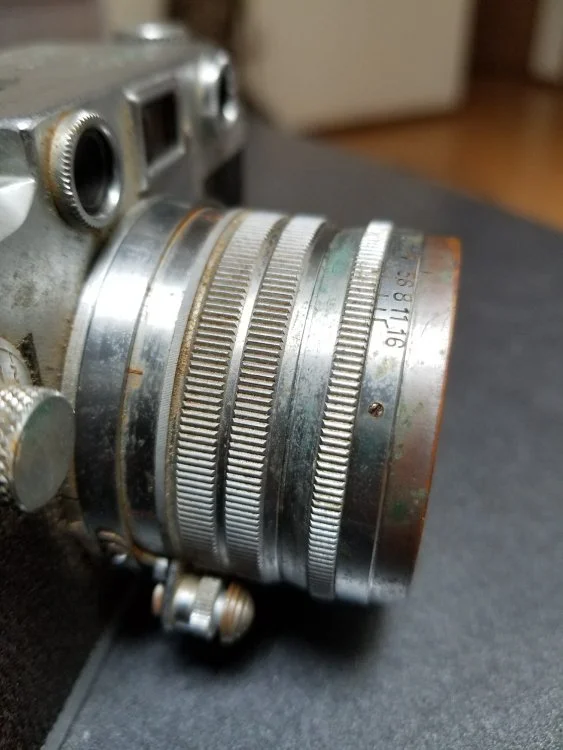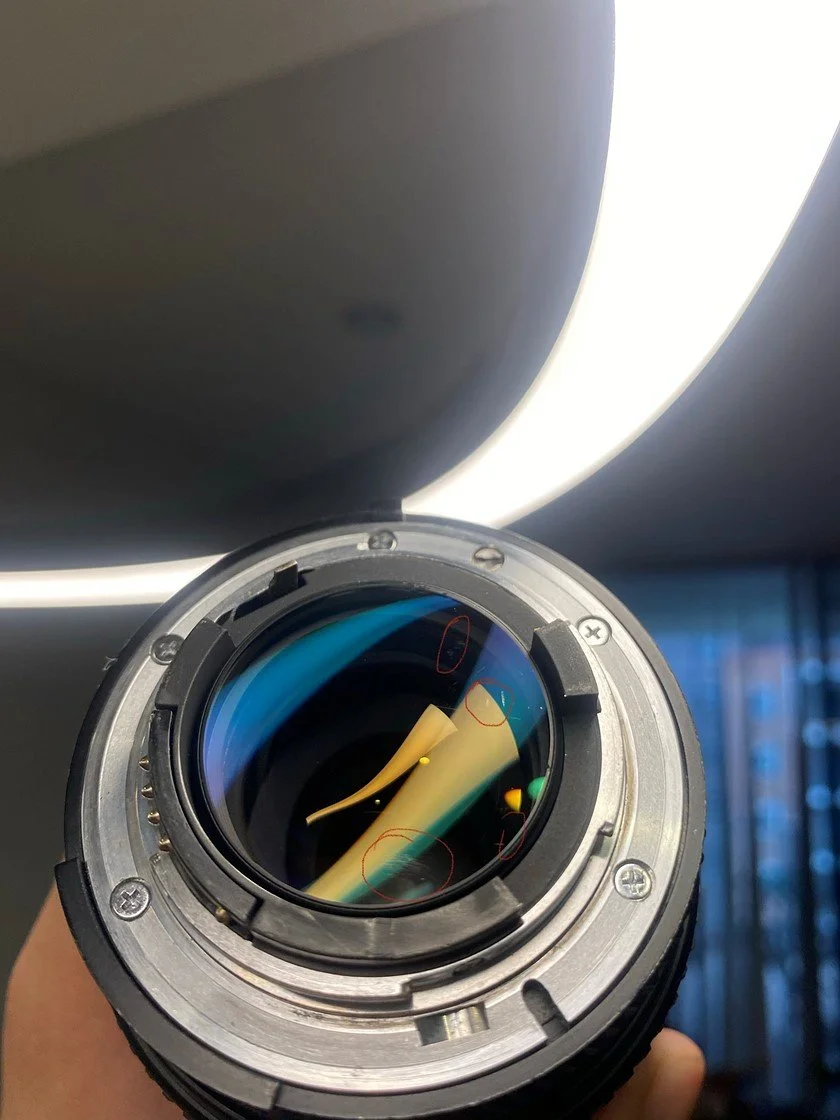How to Test a New Film Camera
Typically, when discussing the best film cameras, including those ideal for beginners, we often refer to models that haven't been produced in over 20 years. Whether you stumble upon a great vintage store find, hunt for options on eBay, or purchase from reputable members of a Facebook group, buying a film camera usually means getting it second-hand. It's crucial to know what to look out for in a used film camera. Sellers might provide incomplete information or may not even be fully aware of all issues, especially if the camera has been collecting dust on a shelf. Here's a detailed checklist to guide you through the essential aspects to inspect when purchasing a film camera.
Visual Inspection
Body Check
Examine the Exterior: Look for significant dents, scratches, or rust. These could indicate mishandling or exposure to adverse conditions. It’s important to compare your camera’s condition to the state it was advertised as. If you’re seeing a “like new” camera with rust, chipped paint, etc. there is a good chance the problems are not just surface level. Keep in mind however that the exterior doesn’t always reflect the condition of the mechanisms.
Inspect Moving Parts: Ensure the film advance lever, rewind knob, and other moving parts operate without resistance. Stiffness or irregular movement can signal internal issues. You can test buttons, levers, and knobs with no film in the camera. Just move these things in the direction the camera indicates and make sure you’re not coming up against any irregular resistance.
Check the Battery Compartment: Look for signs of corrosion or battery leakage, which could have damaged internal electronics.
Lens Check
Surface Inspection: Check for scratches, which may not always affect image quality but could reduce contrast or cause flaring. Remember when you are checking lenses to remove the lens and check both the inside and the outside. A scratch on the inside glass is likely to be more detrimental to the image quality. Also remember lens scratches are often small and can be hard to spot. Hold your lens up to light and rotate it to properly inspect.
Internal Inspection: Shine a light through the lens to spot fungus or haze. Fungus appears as web-like patterns, while haze gives a cloudy appearance. Ideally don’t buy any cameras with visible fungus as it is exceedingly hard to remove.
Aperture Blades: Test the aperture mechanism. The blades should move smoothly and snap into place without delay. Again this is something that should be tested with the lens off and/or the back open.
Mechanical Operation
Shutter Functionality
Listen to the Shutter: At each speed setting, listen for irregularities in the sound. Slow speeds should have a noticeable delay, while fast speeds should sound almost instantaneous. Go in order from slowest to fastest shutter speeds to make sure everything is working. Have an idea of what a working shutter speed sounds like before testing a new camera.
Visual Inspection: Open the back of the camera and fire the shutter at various speeds to observe the curtain or shutter blades' movement. Relying on the movement is much more full proof than trying to listen for the sound.
Film Advance/Rewind
Test with Film: Insert an old roll of film and advance it through the camera. The film should move smoothly without resistance, locking properly into the teeth of the camera.
Rewind Test: Once advanced, use the rewind knob to rewind the film back into the canister, ensuring the mechanism works in reverse. Remember, most cameras have a button or lever you have to push to begin the manual rewind process. Make sure you know where this is located before you test the camera.
Viewfinder Clarity
Clarity Check: Look through the viewfinder in a well-lit area. It should be clear, without significant dust or haze. Make sure to bring a microfiber cloth when buying a camera to get the full picture!
Alignment Test: Take a test photo with a straight edge in the frame to ensure the viewfinder is aligned with the lens. This is something you will most likely have to do post buying. Remember a dirty or broken viewfinder won’t technically affect your pictures, only your ability to frame them.
Checking the Seals and Foam
Inspect Light Seals: Look for deteriorated or sticky foam around the door and film chamber. These can cause light leaks.
Mirror Buffer Inspection: In SLRs, the mirror buffer should be intact. A degrading buffer can lead to mirror damage. Luckily both foams can be easily replaced and installed yourself.
Lesser Known Testing Tips
Pressure Plate Inspection
Visual Inspection: Remember the pressure plate is critical in ensuring the film lies flat during exposure. Look at the plate. It should be free of rust, corrosion, or any deformities.
Check the Spring Tension: Gently press the plate with your finger. It should offer some resistance and bounce back immediately, indicating good spring tension.
Surface Smoothness: Feel the surface. It should be smooth to the touch, without any rough spots that might scratch the film.
Focusing Mechanism
Test Focus at Infinity: Aim the camera at a distant object. The focus should reach infinity without any hindrance.
Check for Smooth Operation: The focusing ring should turn smoothly, without any stiffness or play.
Rangefinder Patch Alignment: For rangefinders, ensure the patch aligns perfectly at different distances. Misalignment can result in out-of-focus images.
Testing Flash Synchronization
Use a Flash Unit: Attach a flash and take a shot. The flash should fire in sync with the shutter.
Check for Sync Speed: Ensure the flash synchronizes at the correct shutter speed, usually the camera’s highest flash sync speed.
Tripod Mount Inspection
Thread Condition: Ensure the threads are in good condition and not stripped.
Stability Check: Attach the camera to a tripod to ensure it mounts securely and sits level.
No one can deny the appeal of buying yourself a new camera but often the adrenaline of finding a good deal, and trying to jump on it before anyone else does, can cloud your judgement and leave you overlooking key components of the camera’s functionality. It’s important to do your research on a camera before, after, and during your purchase. Create a checklist for yourself and always make sure you know exactly what you’re buying!









